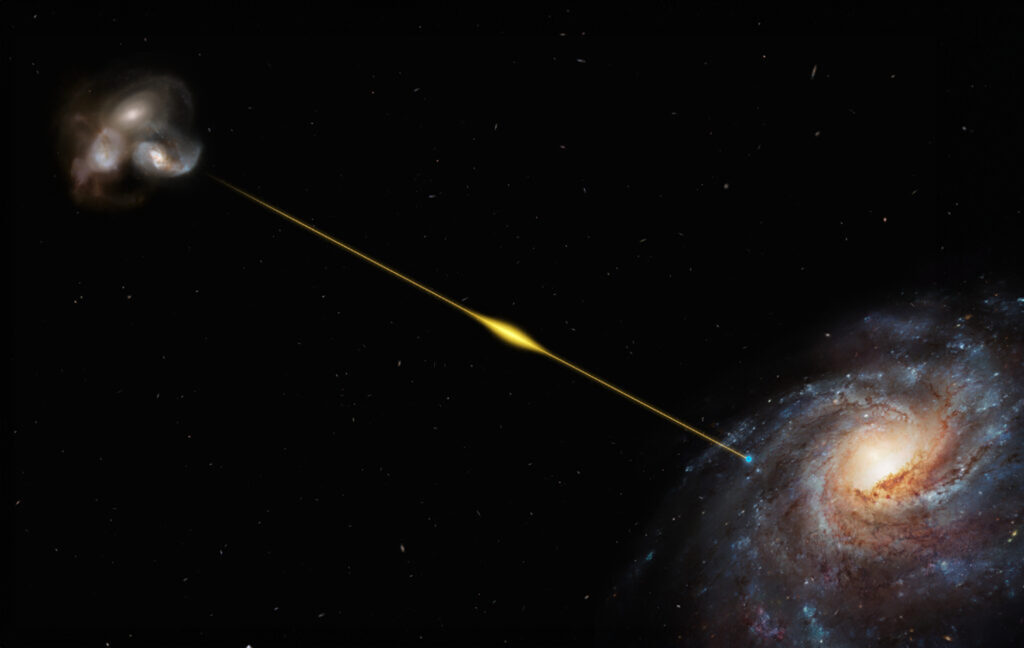
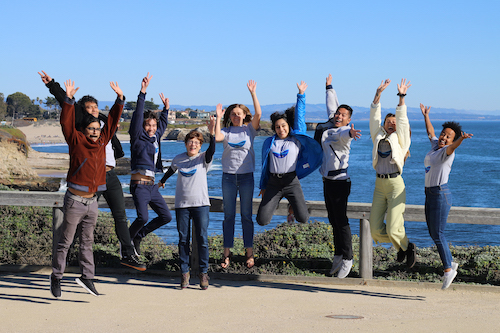


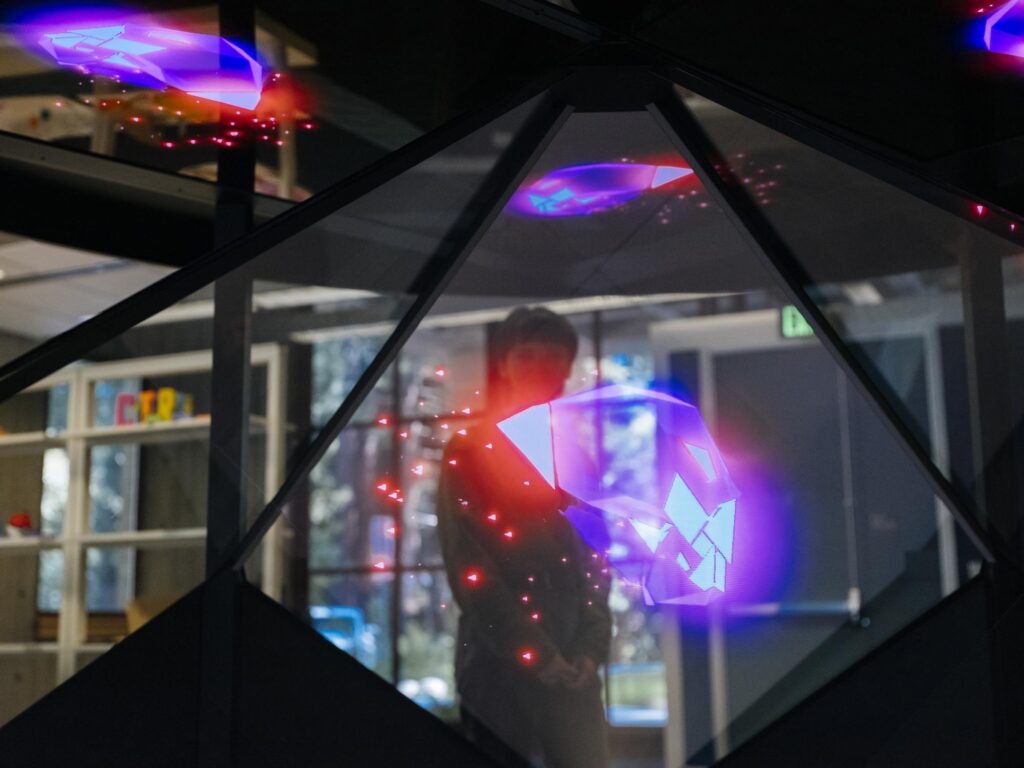
2023 year in review
Creating real change
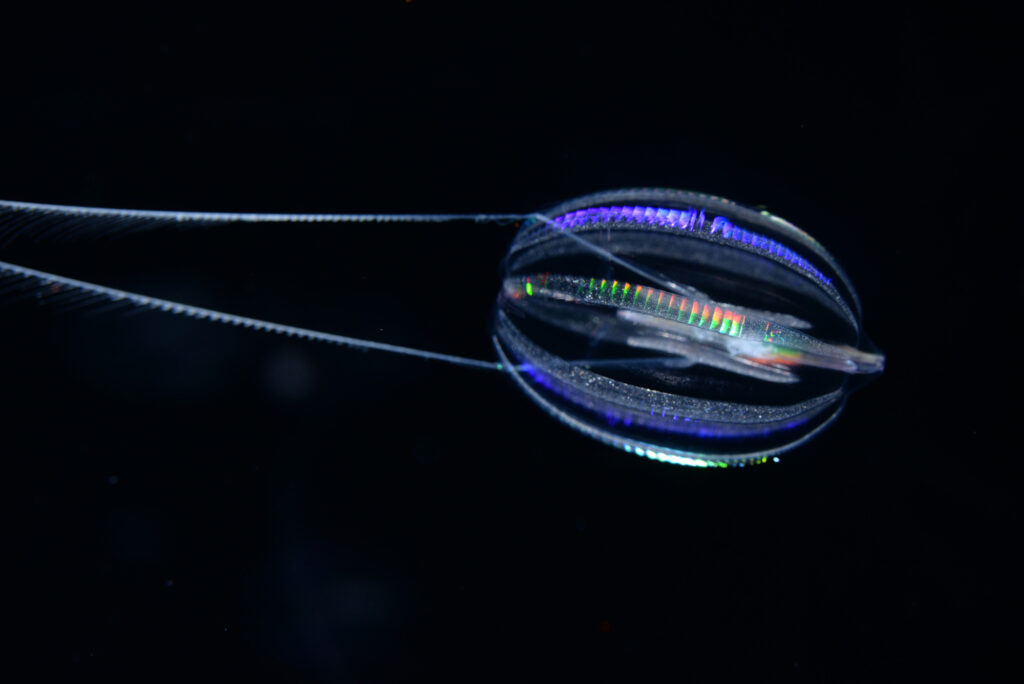
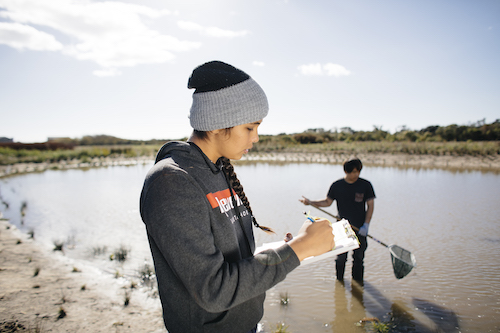


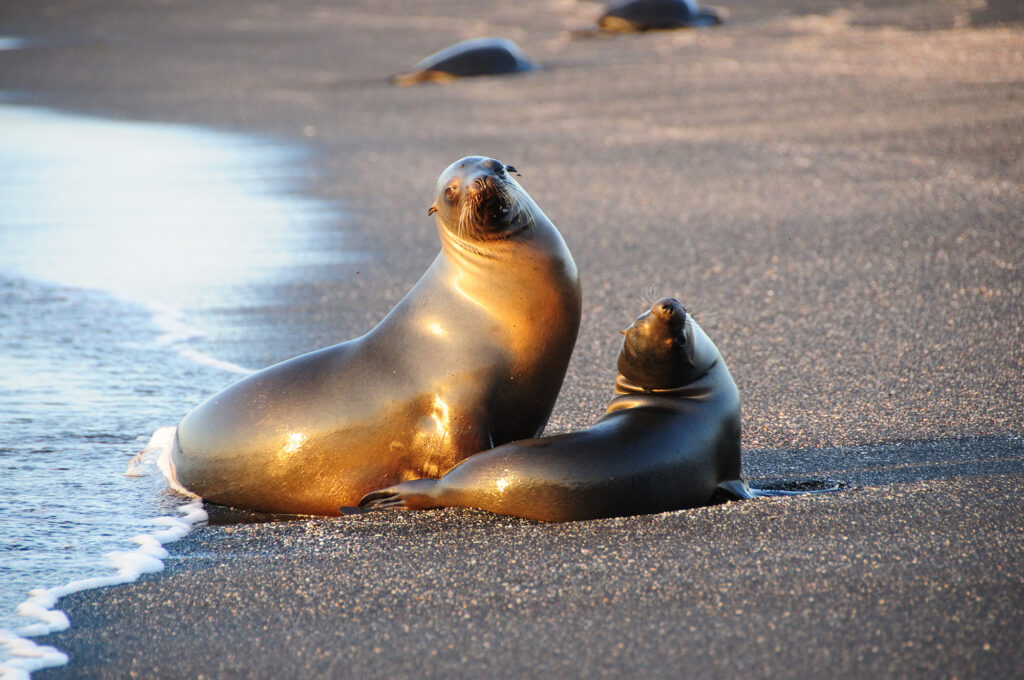
From making groundbreaking research discoveries to expanding access to education, UC Santa Cruz continues to lead at the intersection of innovation and social justice.
From galaxies far, far away
Scientists have discovered an eight-billion-year-old fast radio burst—the most ancient and distant located to date. The source of the burst was a group of two or three galaxies that are merging, supporting current theories on the cause of fast radio bursts.
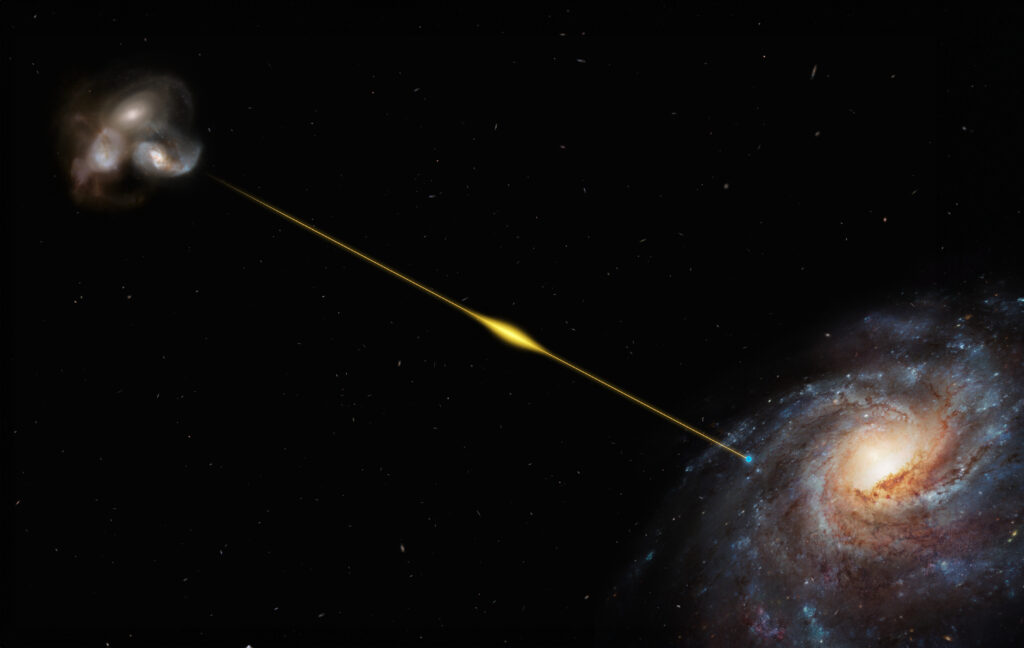
New strategic plan to guide campus for coming decade
UC Santa Cruz released a new strategic plan and formed an executive committee to implement it. With goals and metrics to measure success in five thematic areas, the plan will guide the campus’s work for the coming decade.
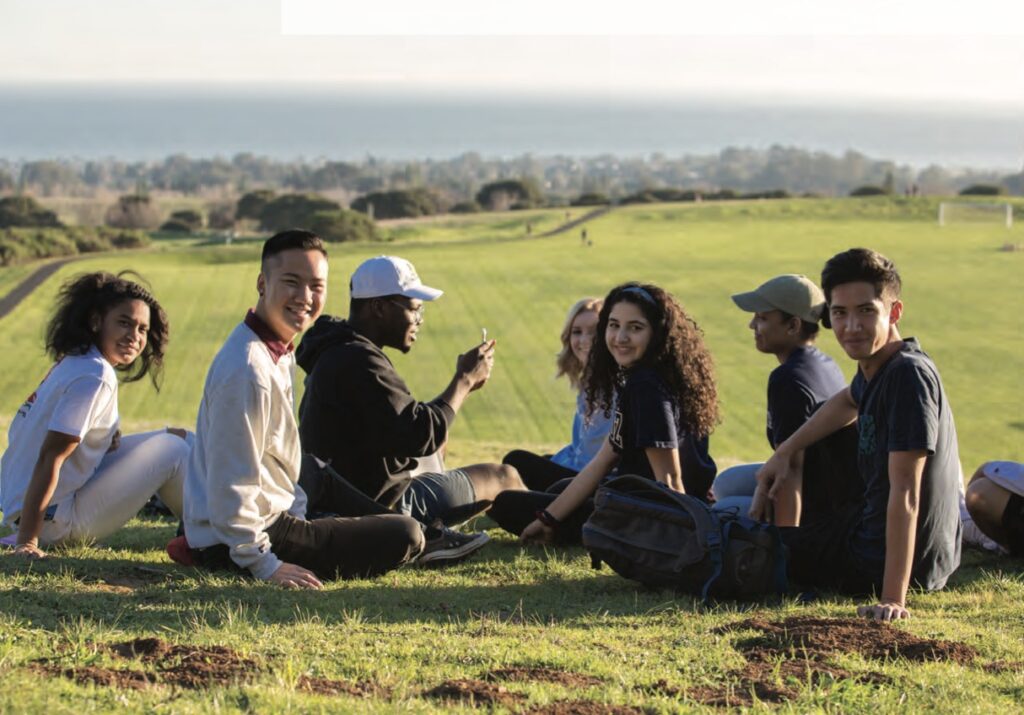
State of the art
UC Santa Cruz’s Institute of the Arts and Sciences opened new, off-campus galleries showcasing the institute’s groundbreaking exhibitions and programs, and highlighting the work of major national and international artists working to address the most pressing issues of our day at the intersection of the arts and social justice.
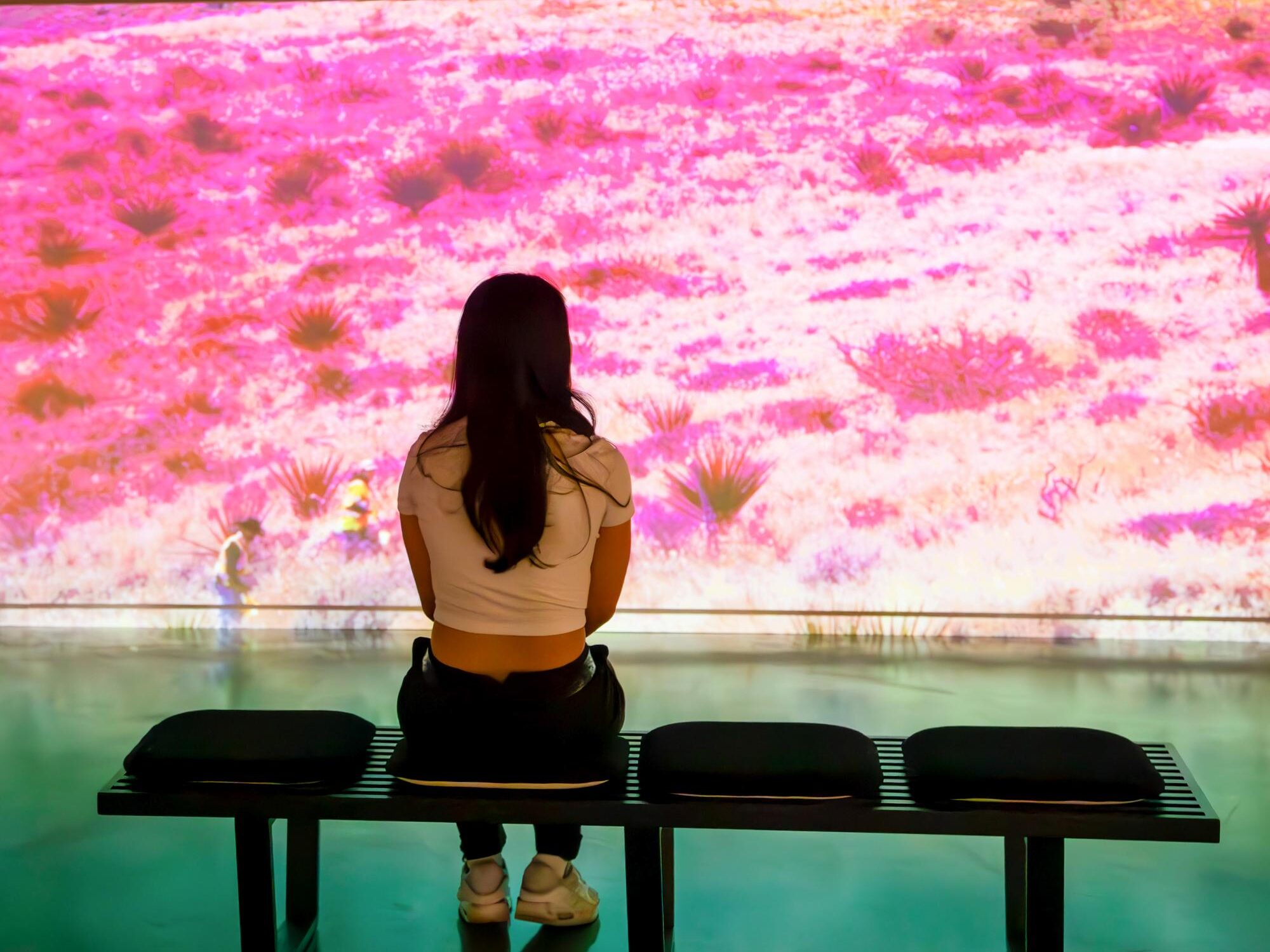
A more efficient language model
Assistant Professor of Electrical and Computer Engineering Jason Eshraghian and two students released the open-sourced code for the largest language-generating spiking neural network ever, named SpikeGPT—which could have implications for accessibility, data security, and green computing and energy efficiency within the field.

Ranked high for high-paying jobs
Rankings from the Wall Street Journal placed UC Santa Cruz as the No. 2 public school for high-paying jobs in engineering, just behind UC Berkeley, and the No. 9 public school for high-paying jobs in data science and software.
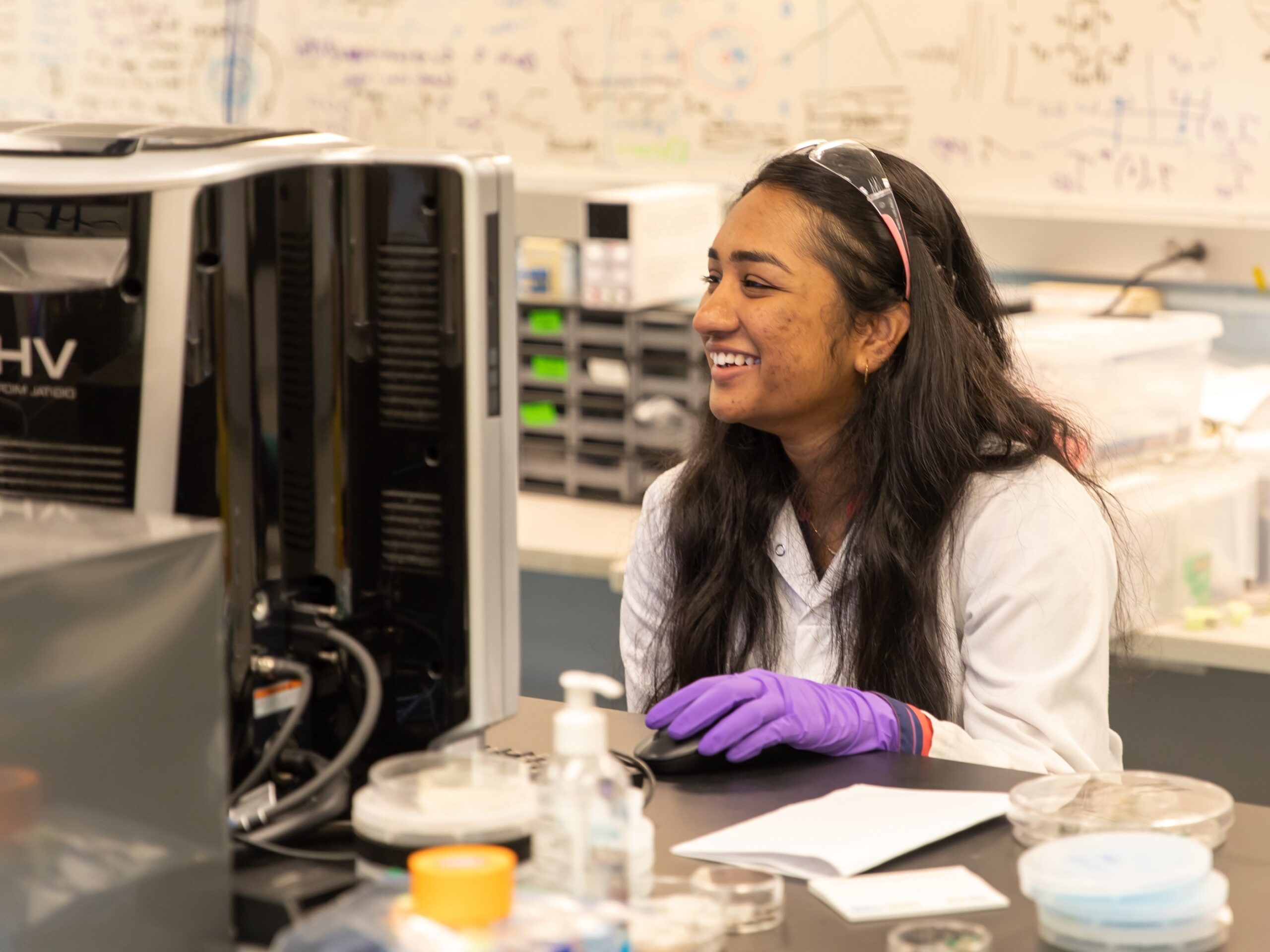
A deep glimpse into the origins of animal life
All animals are related to each other, but comb jellies—a marine invertebrate found in oceans around the world—are the most distantly related to all other animals, shows a study in Nature. This means that comb jellies were the earliest lineage to branch off the animal tree of life, and all other animals evolved separately, after comb jellies diverged.

Ranked No. 2 for making an impact
For the second year in a row, the Princeton Review ranked UC Santa Cruz as the No. 2 Best Public University for Making an Impact. From promoting social justice and environmental sustainability to advancing groundbreaking research, UC Santa Cruz is a force for good, and its students, staff, faculty, and alumni are working tirelessly to create a better, more equitable world.

Genomics for everyone
UC Santa Cruz scientists, along with a consortium of researchers, released a draft of the first human pangenome—a new, usable reference for genomics that combines the genetic information of 47 individuals from different ancestral backgrounds to allow for a deeper, more accurate understanding of worldwide genomic diversity.
When humanists met technologists
UC Santa Cruz’s new Humanizing Technology Certificate Program is helping students confront the moral and social implications of technology, harnessing the power of the humanities to envision a more just and responsible future.

Pioneering new online major debuts
Online education gives more students access to a UC Santa Cruz education, which is part of why the Arts Division developed its new Creative Technologies online major—the first of its kind on any UC campus.

Cultivating diverse food and agriculture professionals
The U.S. Department of Agriculture awarded UC Santa Cruz a $10 million grant to lead a transformative five-year project on cultivating the next generation of diverse food and agriculture professionals—a huge stride toward fostering a sustainable and equitable future in food and agriculture.

As the California sea lion population grew, so did male sea lions
Animals tend to get smaller as their populations grow because of increased competition for food resources—but that’s not what has happened with California sea lions, according to a study led by UC Santa Cruz scientists. They found that male California sea lions have gotten bigger as the population grew over the past 50 years, while female body size has remained stable.
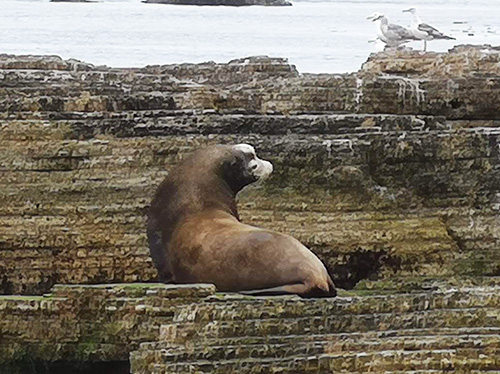
Read more amazing stories of discovery and impact in our News Center